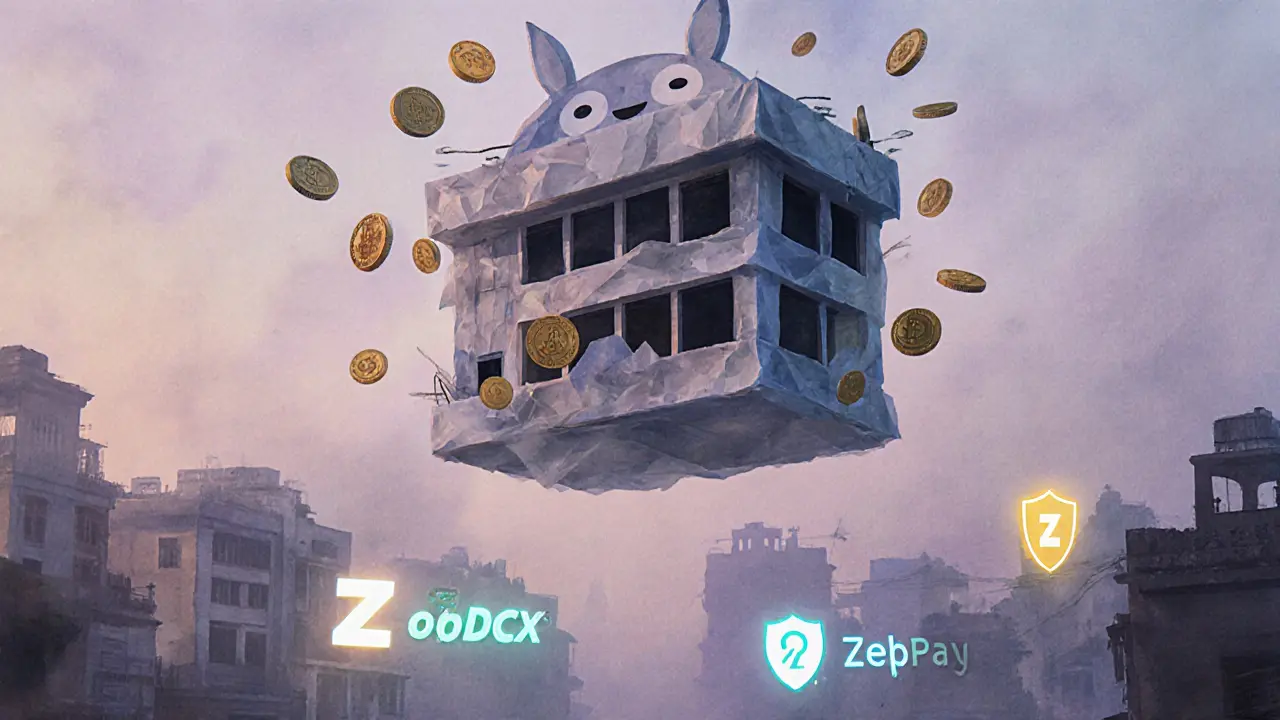Crypto Exchange Safety: How to Avoid Scams and Pick Trusted Platforms
When you put your money on a crypto exchange, a platform where you buy, sell, or trade digital assets. Also known as cryptocurrency trading platform, it’s supposed to be your financial gateway—but too many are just digital traps. You think you’re trading on Binance or Coinbase, but what if the site you’re on is fake? In 2025, over 60% of new crypto users lose money not because markets dropped, but because they used a scam exchange with no audits, no support, and no real users. Purple Bridge, BTB.io, VALIMARKET—they sound official, but they’re ghost sites built to steal your keys and vanish.
Crypto exchange safety, the practice of choosing platforms with real security, transparency, and regulation. Also known as exchange trustworthiness, isn’t about flashy apps or big ad budgets. It’s about verifying what’s underneath: Do they require real-name ID? Are they licensed in a country with real rules—like South Korea, where only four exchanges are allowed? Do they have public audits, cold storage, and 2FA? If the answer is no, you’re playing Russian roulette with your Bitcoin. The Lazarus Group doesn’t break into exchanges by hacking code—they trick people into logging into fake sites that look just like OKX or Eidoo Hybrid Exchange. One wrong click, and your entire portfolio is gone. And it’s not just about big names. Even smaller platforms like DPEX.io or Eidoo can be risky if they have zero trading volume, no user reviews, or no clear team. Safety isn’t about size—it’s about proof. Real exchanges show their activity. Fake ones hide behind fake CoinMarketCap listings and fabricated airdrops.
You’ll find posts here that expose exactly how these scams work. Some show how North Korean hackers stole $1.5 billion from a major exchange using UI tricks. Others reveal how a token called VALI isn’t a platform at all—it’s a dead asset with a misleading name. You’ll learn why Korean rules force exchanges to verify your identity, why India bans crypto payments but still lets you trade, and how Costa Ricans use crypto freely because there are no rules—yet. These aren’t theory pieces. They’re case studies from real users who got burned, and the lessons they learned the hard way.
There’s no magic checklist, but there is a pattern: if it sounds too good to be true, it is. If no one talks about it outside of a Telegram group, avoid it. If you can’t find a single independent review, walk away. The safest exchanges aren’t the loudest—they’re the ones that don’t need to scream to prove they’re real. Below, you’ll find the truth behind the platforms people trust, the ones they avoid, and the scams that look exactly like the real thing. Know what to look for before you deposit a single dollar.
INRTOKEN Exchange Crypto Exchange Review: Why This Platform Isn't Safe or Reliable
INRTOKEN Exchange is not a reliable crypto platform. With no user reviews, no regulatory compliance, no security details, and zero community presence, it's best avoided. Stick to verified Indian exchanges like CoinDCX or ZebPay instead.
